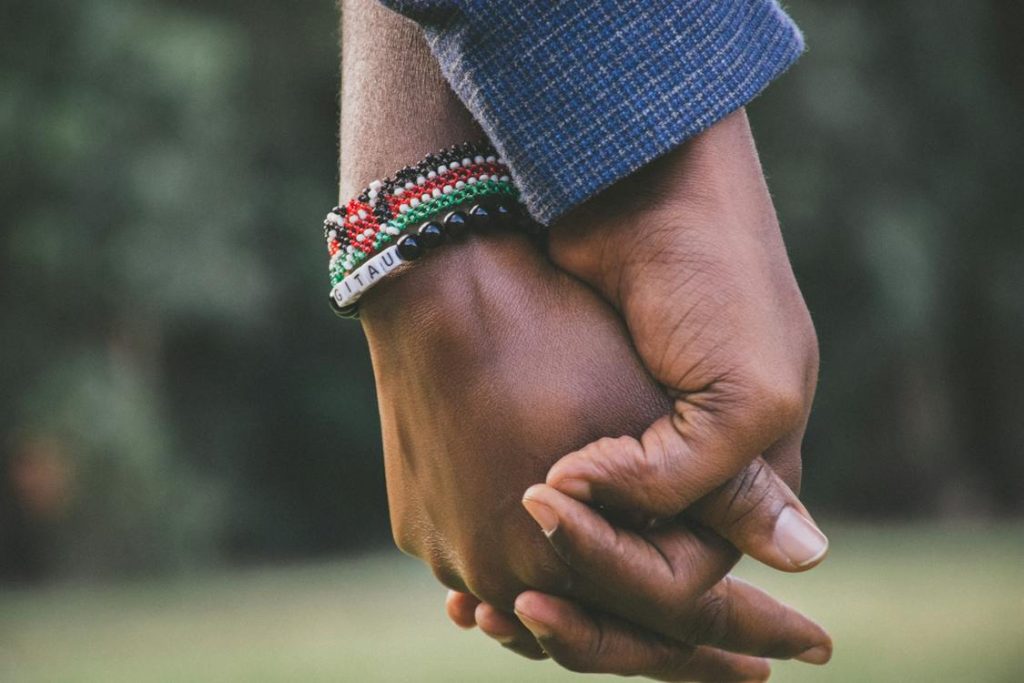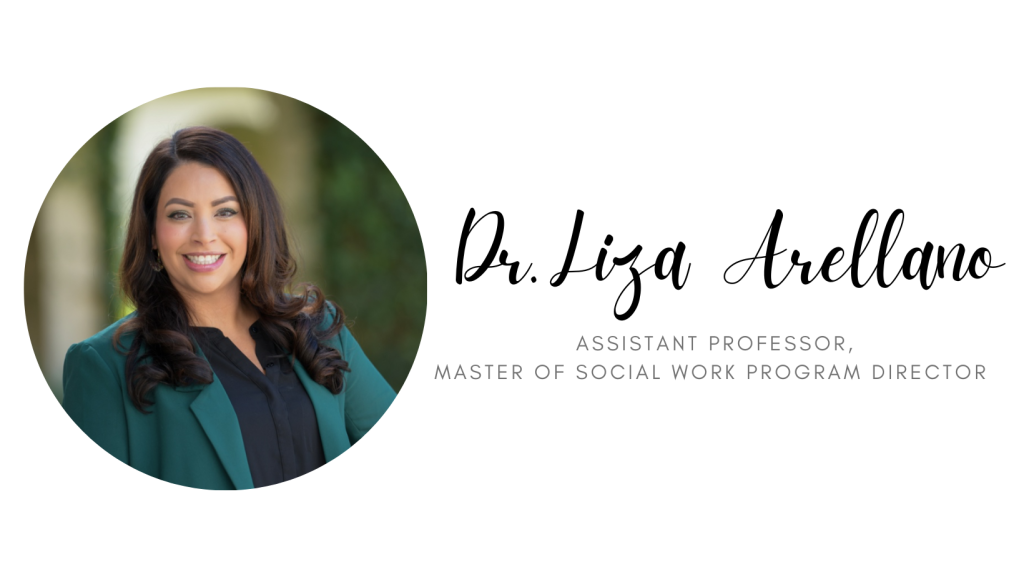
The histories of Black and Mexican communities, often viewed in isolation, are richly interconnected. These narratives, woven through shared struggles and cultural exchanges, present a tapestry of resilience and solidarity that deserves exploration and recognition. This blog post delves into the profound connections between these two communities, highlighting their historical intersections and the lessons they offer for a more inclusive and understanding future.
Shared Colonial Legacies
Both Black and Mexican histories are profoundly shaped by colonialism. When the Spanish colonized Mexico, they enslaved indigenous populations to provide coerced labor. However, as we know, the diseases brought to North America through European settlers, eventually killed off many native Mexicans, resulting in labor shortages. The transatlantic slave trade forcibly brought Africans to the Americas, including Mexico, where they mingled with the indigenous and Spanish populations. The mixing of Africans with Mexicans resulted in Spanish colonizers creating a caste system, based on skin color, which has continued to feed discrimination through colorism in both Mexico and the United States. Mexico’s own colonial history under Spain also parallels the African experience, marked by oppression and resistance. This shared legacy forms a foundational bond between the two communities.
The Afro-Mexican Experience
One of the least known yet significant aspects of Mexican history is the Afro-Mexican experience. Africans were brought to Mexico as slaves during the colonial era and played a crucial role in the cultural and economic development of the nation. Their contributions, often overlooked, are an essential part of Mexican history and a point of connection with the broader African diaspora. In today’s diverse and interconnected society, individuals of Black and Mexican heritage are weaving together a unique identity that transcends traditional boundaries. These mixed heritage individuals often navigate the complexities of not feeling entirely “Black” or “Mexican,” reflecting a broader conversation about belonging and identity in a multicultural world. This reality underscores the importance of fostering a sense of belonging and acceptance, celebrating the joy found in unity and the strength in our diversity. Both Black and Mexican communities, through shared experiences and histories, are reminded of the importance of working together to embrace the full spectrum of our collective identity. By acknowledging and valuing the contributions and struggles of Afro-Mexicans, we can move toward a more inclusive understanding of what it means to belong. This journey towards mutual recognition and respect is not only about acknowledging the past but also about building a future where every individual can find joy in the rich tapestry of their diverse heritage.

Solidarity in Struggles for Freedom
Both communities have a long history of resistance against oppression. Notably, Mexico abolished slavery in 1829, becoming a sanctuary for African American slaves via the Underground Railroad. This act of solidarity is a poignant chapter in the shared narrative of these communities, highlighting a common struggle for freedom and human rights. This chapter of history serves as a powerful testament to the bonds of solidarity that have long existed between Black and Mexican communities, united in their common pursuit of justice and human rights. The struggle for equality and dignity, however, extends far beyond the annals of history and continues to be a pressing reality for both communities in the contemporary United States. Systemic oppression manifests in myriad ways, disproportionately affecting people of color across every aspect of society. The battlefields are numerous, spanning from healthcare, where bias in medical treatment remains a grim reality, to the workplace, where discrimination stifles opportunities and growth. The economic injustices faced by these communities are stark, with many individuals grappling with the harsh realities of insufficient wages, food insecurity, and limited access to essential services. Moreover, the drug epidemic has ravaged communities of color, exacerbated by policies that often criminalize rather than provide help to those affected. These issues are not isolated incidents but rather symptoms of deeply ingrained systemic biases that continue to perpetuate inequality and hinder the collective progress of Black and Mexican communities. In the face of such challenges, the spirit of resistance and the resolve to fight for a just and equitable society remain undiminished. The historical acts of solidarity, such as Mexico’s early abolition of slavery, serve as a beacon of hope and a reminder of the power of unified action against oppression. Today, as both communities continue to navigate the complexities of systemic injustices, the imperative to stand together has never been more critical. By drawing on their shared history of struggle and resilience, Blacks and Mexicans can forge a powerful alliance, advocating for systemic change and working tirelessly to dismantle the barriers that have long divided and diminished them. The collective fight against systemic oppression is not only a matter of historical significance but a continuing endeavor that demands courage, solidarity, and an unwavering commitment to justice. As both communities look to the future, they do so with the knowledge that their unity strengthens their voice, amplifies their impact, and brings them closer to realizing the promise of equality and freedom for all.
Cultural Exchanges and Influences

The cultural interplay between Black and Mexican communities, particularly prominent in border states, has been a vibrant force of mutual influence and enrichment. This dynamic exchange spans across various domains, including music, art, culinary traditions, language, and religious practices, creating a rich mosaic that mirrors the diverse heritage of African, Indigenous, and Spanish influences. These cultural interactions are not just superficial exchanges; they are profound demonstrations of how communities can come together, learn from one another, and create something unique and powerful in the face of adversity and historical challenges. In music, for example, the infusion of African rhythms with traditional Mexican music has given birth to new genres that resonate with people globally. The blend of African drumming techniques with indigenous Mexican sounds has contributed to the evolution of rich musical traditions such as Son Jarocho and Mariachi, which incorporate elements like call-and-response, a staple in African and African American musical forms. These musical fusions not only entertain but also tell stories of shared struggles, hopes, and celebrations, fostering a deeper understanding and appreciation among communities.
Artistically, both communities have shared a canvas of resistance and expression, with muralism being a prominent example. Mexican muralists like Diego Rivera influenced African American artists during the Harlem Renaissance, inspiring them to use their art as a tool for social change. Conversely, the political and social themes explored by African American artists have found resonance in Mexican artistic movements, encouraging a cross-cultural dialogue that challenges oppression and celebrates identity.
Culinary traditions offer another delicious testament to cultural exchange, with African and Mexican cuisines melding in border regions to create unique flavors that have enriched the American culinary landscape. Dishes that combine traditional African spices with Mexican ingredients showcase the innovative ways communities have blended their culinary heritage, creating new traditions that are celebrated and enjoyed by diverse populations.

Language and religious practices also reflect this cultural synthesis, with shared words, expressions, and spiritual beliefs that underscore the deep connections between Black and Mexican communities. This linguistic and spiritual melding has facilitated a shared sense of identity and belonging, bridging cultural gaps and fostering a sense of unity.
The importance of these cultural exchanges lies not only in the beautiful and diverse traditions they have created but also in their ability to foster mutual respect, understanding, and solidarity between Black and Mexican communities. By embracing and celebrating each other’s cultures, these communities have demonstrated how diversity enriches society, making our world a more interconnected and empathetic place. The legacy of these exchanges is a powerful reminder of the strength found in unity and the beauty of cultural diversity, teaching us invaluable lessons about resilience, creativity, and the enduring power of community.
Civil Rights and Political Alliances
Throughout the 20th century, the intertwined narratives of the Black and Mexican communities in the United States were significantly marked by their joint endeavors in the civil rights movement. Figures such as Cesar Chavez and Martin Luther King Jr. not only recognized the parallel challenges faced by their respective communities but also championed the cause of unity in their collective struggle against the systemic barriers of racial and economic injustice. Their leadership underscored the power of solidarity, highlighting how alliances between these communities were instrumental in pushing forward the agenda for equal rights and social justice. The collaboration between Black and Mexican Americans during pivotal moments in the civil rights movement is a testament to their shared vision of equality and justice. This partnership was evident in various boycotts, marches, and protests where both communities stood shoulder to shoulder, demanding changes to labor laws, voting rights, and education, among other fundamental rights. The solidarity extended beyond the leaders, with grassroots organizations and community members coming together, providing a formidable force against discrimination and prejudice.
In today’s political landscape, the concept of solidarity between Black and Mexican communities holds even more significance. The combined demographic strength of Latinos, who constitute about 40% of California’s population, and Blacks, who make up about 5%, represents a potent force that could majorly influence electoral outcomes and policy decisions. The potential for these communities to unite on common issues such as immigration reform, criminal justice reform, and economic equity could be transformative, setting a precedent for social justice and racial equity not only in California but across the nation. As we look to the future, the lessons from past collaborations between these communities offer valuable insights into the power of collective action. By focusing on shared goals and leveraging their collective voice, Blacks and Mexicans can continue to be a formidable force in advocating for civil rights, demonstrating the enduring strength of solidarity in the ongoing struggle for justice and equality in the United States.

Learning from Each Other
Understanding the intertwined histories of Black and Mexican communities is essential for a comprehensive grasp of American history and identity. Recognizing these connections fosters empathy and solidarity, encouraging collaborative efforts towards a more equitable society. Racism continues to impact both communities, but recognizing the roots of colonization and eurocentrism in both communities is necessary work to begin to dismantle inner narratives stemming from colorism that create internalized oppression and modern day conflicts.
Conclusion
The intertwined stories of Black and Mexican communities serve as a profound testament to the strength found in unity and the collective struggle for justice and dignity. Delving into these rich histories not only broadens our understanding of the complex tapestry of human experience but also illuminates the path towards a future that embraces inclusivity and equity for all. The endeavors of leaders like Cesar Chavez and Martin Luther King Jr. exemplify a commitment to lifting up the most vulnerable among us, demonstrating that the fight for social justice transcends individual struggles, uniting us in a common pursuit of freedom and human dignity. Both Chavez and King recognized that the battles faced by their communities were not isolated incidents of injustice but part of a larger narrative of resistance against systemic oppression. Their leadership was rooted in the belief that solidarity across racial and ethnic lines could amplify their impact and bring about significant social change. By advocating for the rights of farmworkers, Chavez mirrored King’s crusade for civil rights, showing the world that the quest for equality knows no boundaries. The words of Martin Luther King Jr., in a 1966 postcard to Cesar Chavez, resonate with profound relevance today: “Our separate struggles are really one—a struggle for freedom, for dignity, and for humanity.” These words serve as a clarion call for unity, reminding us that our fights are interconnected, and together, we possess the strength to overcome the barriers of injustice. It is a divine call to action, urging us to recognize our shared humanity and the power inherent in our collective efforts.
God’s vision for His children includes a world where unity prevails and love for one another transcends all divisions. The biblical principle of collectivism — that we are stronger together than apart — is exemplified in the unity between Black and Mexican communities. Their shared history of struggle and resistance against oppression is a powerful reminder of what can be achieved when we come together, guided by principles of justice, dignity, and humanity.
Call to Action
Let us commit to learning more about these interconnected histories, recognizing the strength that comes from our shared experiences. By doing so, we can build bridges of understanding and cooperation, honoring the diverse narratives that make up the rich tapestry of our shared history.


Dr. Liza Arellano is an Assistant Professor and the Master of Social Work (BSW) Program Director with California Baptist University (CBU). She has her Master of Social Work and Doctor of Social Work. Dr. Arellano identifies as a Christian, Mexican-American woman, who is a first-generation college graduate, and the first master’s and doctoral graduate in her family. She has over 15 years of experience in child welfare, serving in various capacities, including caregiving in residential placements, conducting child abuse and neglect investigations, training and development of staff, supervision of blended and specialized units, and managing multiple child welfare placement programs. In her management role, she participated in several workgroups with the California Department of Social Services. She is a Licensed Clinical Social Worker and previously managed the provision of mental health services for foster youth in San Bernardino County through collaborative efforts, via the Assembly Bill 1299 process. Dr. Arellano’s research includes improving outcomes for youth in congregate care, preventative child welfare services, and the effectiveness of on-the-job training for child welfare social workers.
References
Romero, R. (2020). Brown Church: Five Centuries of Latina/o Social Justice, Theology, and Identity. InterVarsity Press.
Fergus, D. W. (2009). Mexican Revolutionaries in the United States, 1903-1923: Transnational Activism and Cross-Border Community Building. Texas A&M University Press.
Ortiz, P. (2018). An African American and Latinx History of the United States. Beacon Press.
Kelley, R. D. G., & Lewis, E. (Eds.). (2000). To Make Our World Anew: A History of African Americans. Oxford University Press.
Pulido, L. (2006). Black, Brown, Yellow, and Left: Radical Activism in Los Angeles. University of California Press.
Tatum, C. M. (2014). Lowriders in Chicano Culture: From Low to Slow to Show. Praeger.